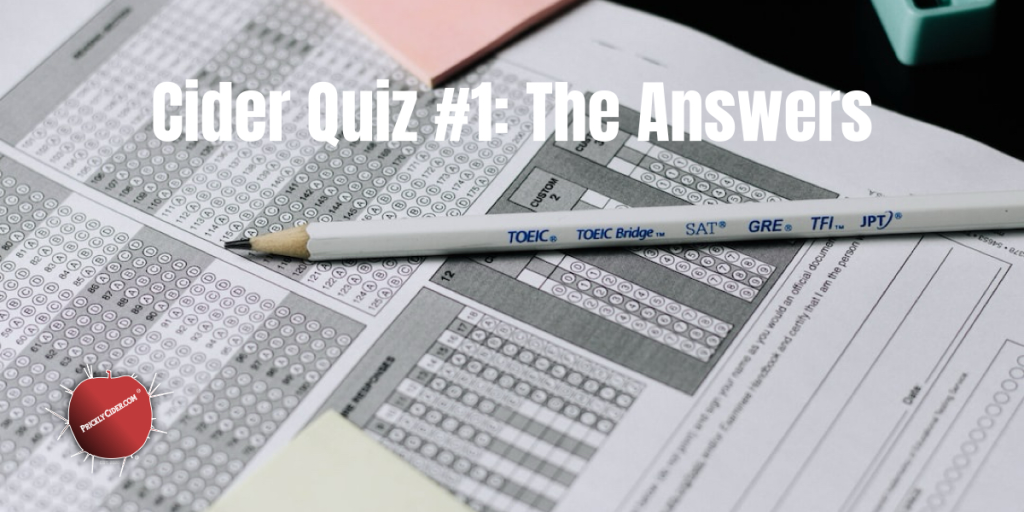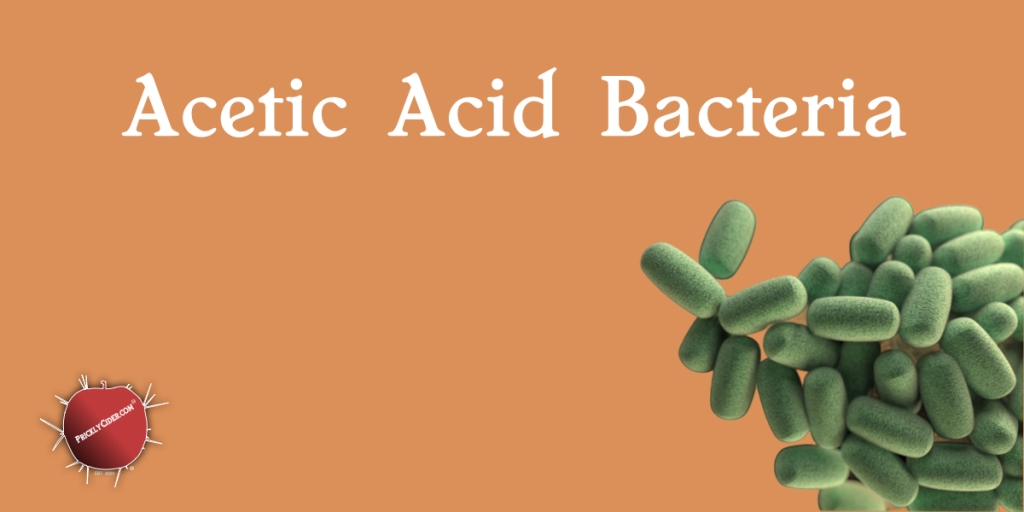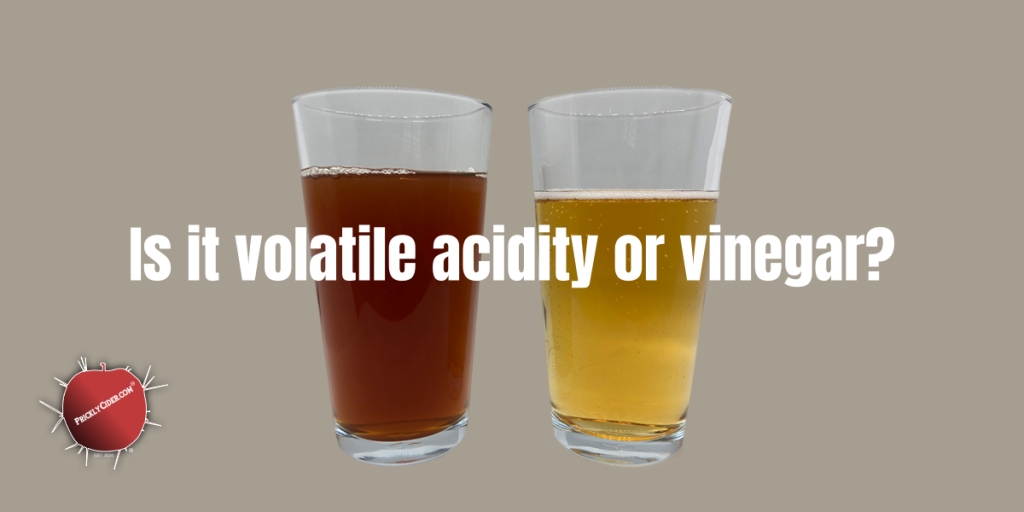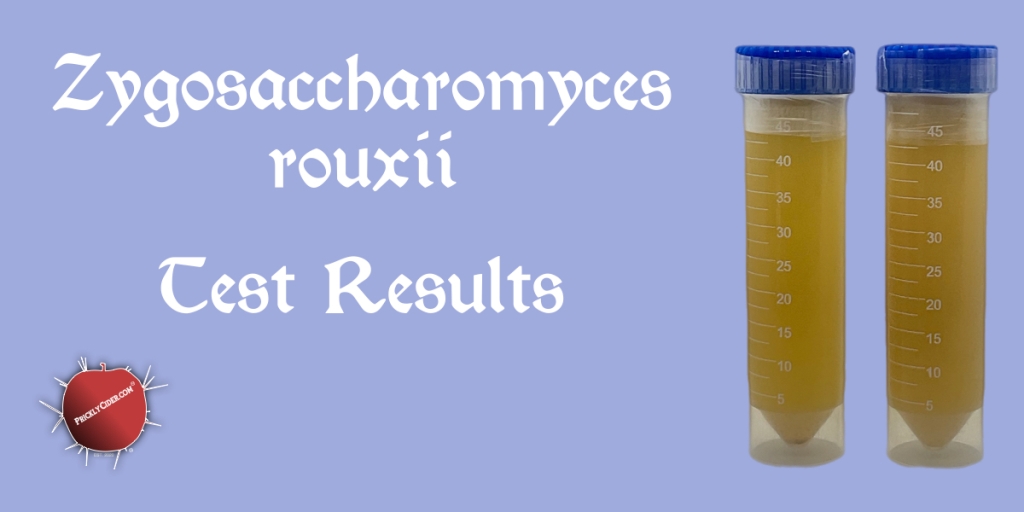Killer Factor is not a measurement of the health risks associated with using a yeast in your fermentation. Instead, it is an assessment of how dominant a yeast can be in your fermentation. You may find commercial yeast strains labeled as one of four types.
- Killer (K)
- Sensitive (S)
- Neutral (N)
- Killer-Sensitive (KS)
However, you may wonder what this really means. Yeast, especially saccharomyces cerevisiae can dominate your fermentation. Some of this can just be the natural resilience of the strain to toxic factors like acid, alcohol, and free sulfur dioxide (SO2) or its ability to create the nutrients that I needs to continue to reproduce and survive. Yeast will normally outcompete most lactic acid bacteria (LAB) and even a wild fermentation that has numerous yeast strains will generally have one strain that comes to dominate your hard cider. Saccharomyces cerevisiae is naturally one of the most dominant genera of yeast for alcohol fermentation, which is why it has been used for hundreds if not thousands of years. However, there is also another element that plays into how dominant a yeast can be and that is known as its killer factor.

There are numerous reasons why a yeast may come to dominate the fermentation process. If you inoculate with a yeast strain, that strain will usually be the dominate fermentor. This can occur simply – because adding a large dosage of yeast means it gobbles up the nutrients, preventing others from doing the same. While one yeast may come to dominate, the speed at which it does can impact the flavor profiles created during the fermentation process. Research has found a trait in yeast that makes it a killer (K) of other yeasts, sensitive (S) to being killed, neutral (N) in that it is neither sensitive to being killed or being a killer, or both a killer of and susceptible to being killed (KS) by other yeasts. What research has also found is that if you use a yeast strain that is a killer, it will eliminate sensitive yeast, even if those yeasts are present in much larger quantities. There is a point at which a killer yeast population becomes too small to dominate, which was around 2.5%(1). In this situation, the killer yeast may still play a role in the fermentation but it doesn’t establish itself as the dominant strain.
However, if a yeast is neutral, the killer trait found in some yeast does not impact this yeast and you are back to the natural competition and selection process of yeasts seeking to reproduce and survive. A yeast that is a killer-sensitive strain means that it would knock out any sensitive strains but also be susceptible to being eliminated by a killer strain. What this creates is a very dynamic environment and fermentation process. Let’s explore how this might impact a home hard cider maker and your methods.
You can let your fresh pressed juice naturally ferment or you can add yeast. If you add a yeast, it will generally overwhelm the natural microflora. The colony size of the yeast you add will quickly establish itself and simply outcompete the inherent microflora. If you are unsure, you could treat your juice with Campden, potassium metabisulfite, to suppress and kill the natural microflora. However, the question is whether you could add a killer yeast and do the same. The idea would be that it would suppress the undesirable natural yeast. This sound promising but does it work that way?
Tredoux and associates (1) assessed 96 yeast strains. 85 of these were from the saccharomyces cerevisiae genus. The remaining were from various other genera but unfortunately, the sample size is not statistically significant as there are only 1-2 sample per genus. Of the 85 saccharomyces cerevisiae yeast tested, only 7 (~8%) were killer or killer-sensitive, meaning they would actively eliminate sensitive yeast. 9 samples (~10.5%) were neutral, which meant that they would not be impacted by the killer gene. What I found interesting was that 69 were sensitive. Over 81% of the saccharomyces cerevisiae yeast tested would be suppressed and killed if inoculated with over 2.5% of a killer strain.
If this same ratio is what you would find in a natural/wild ferment, inoculating with a killer strain has an even greater chance of preventing the natural saccharomyces cerevisiae yeasts from establishing themselves as the primary fermentation mechanism. The next question is whether the killer strain will create the flavors and characteristics that you desire. It also begs the question about whether other genera of yeast have similar sensitivities. You will remember that the researchers included non-saccharomyces cerevisiae yeast but only 1-2 samples. None of these were sensitive. However, if 80% of all yeasts genera are sensitive, it might indicate another reason why inoculation of yeast can effectively eliminate them. More research is definitely needed and I know I will be searching for more research papers on the topic.
Yeast and fermentation are an amazing natural process. Recent genome sequencing of saccharomyces cerevisiae DNA gives new insight into how yeast work but it has also highlights all that is still unknown. The good news is that the research seems to keep advancing and is finding ways to both genetically modify yeast as well as naturally mutate it to create better fermentation characteristics. What has taken hundreds of years to evolve and mutate beer yeast may be shortened into years or months. It’s an interesting time to explore and you don’t have to be a research scientist to participate. Harvesting your own hard cider yeast is the first step and an example of how you can start to explore the world of yeast in your own hard ciders.

Hopefully, when you read the data sheet on the next yeast you are using and it says Killer, Sensitive, Neutral, or Killer-Sensitive, you now know what it means. Look for future posts on yeast and hard cider fermentation on PricklyCider.com but don’t forget to follow me so you don’t miss any. It’s that simple.
(1) H.G. Tredoux, R.P. Tracey and A. Tromp; Killer Factor in Wine Yeasts and its Effect on Fermentation; S. Afr. J. Enol. Vitic, Vol. 7 No. 2 1986










Very good and interesting post!
Viele Grüße Manfred Böhm
>
LikeLiked by 1 person
Thank you. I’m glad you enjoyed it.
LikeLiked by 1 person